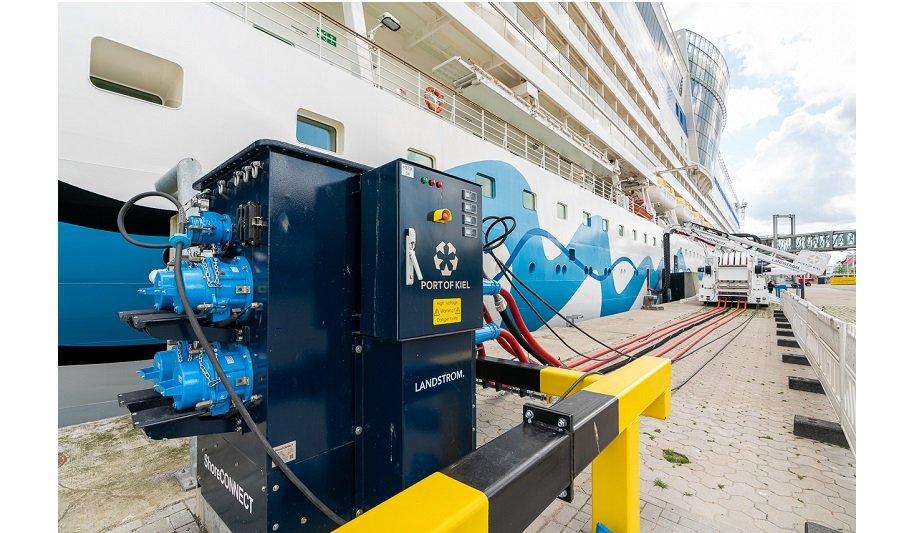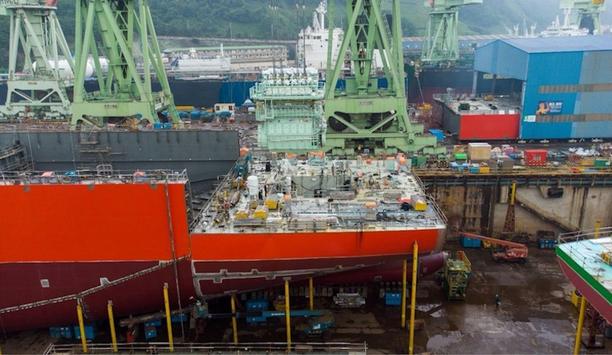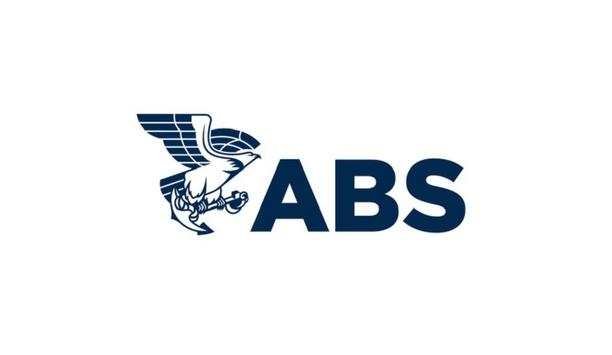Seehafen Kiel GmbH & Co. KG (Port oF Kiel, Germany) has commissioned Siemens AG with the construction of two additional SIHARBOR shore power plants at Kiel’s Ostuferhafen.
The construction project with a total investment value of approximately €17 million comprises a 50/60 Hz shore power plant for cruise ships and ferries and a 50 Hz shore power plant for ferries.
New shore power connection
It makes it possible to generate the electricity ships need while they are in port using renewable energies onshore instead of diesel generators on board. The new shore power connection will be one of the largest installations of its kind in Europe.
After completion of the project at the end of 2023, the port of Kiel will be able to supply green power to six ships simultaneously at all of its major passenger, cargo, and ferry terminals.
Economic and environmental impact
For Siemens, the contract includes execution planning, delivery, assembly, cabling, and plant commissioning
“Connecting ships to shore power has an enormous economic and environmental impact. Ships save expensive fuel, new business models open up for port operators, and port staff and residents benefit from a significant reduction in noise and pollution,” explained Markus Mildner, CEO of Siemens eMobility.
For Siemens, the contract includes execution planning, delivery, assembly, cabling, and commissioning of all plant and structural components required for the operation of the shore power plants, the necessary structural, civil, and hydraulic engineering work, and overall commissioning of the system.
Cooperation with PORT OF KIEL enters the next phase
Siemens won the new contract following an EU-wide invitation to tender and a negotiation procedure with a preliminary qualification competition. “Siemens had already been a strong partner for us in an earlier shore power project. And once again, they submitted the most economical bid,” said Dr. Dirk Claus, Managing Director of SEEHAFEN KIEL GmbH & Co. KG.
"We look forward to working with Siemens again." The new shore power plant at Ostuferhafen continues the joint success story between Siemens and PORT OF KIEL: The existing shore power plants at Ostseekai and Schwedenkai as well as at Norwegenkai were also built by Siemens.
Two plants with up to three supply options
The second shore power plant with a grid frequency of 50 Hz is designed exclusively for cargo and RoRo vessels
The construction project at Ostuferhafen includes two shore power plants able to supply up to three seagoing vessels simultaneously. The first of the two shore power plants are designed to supply up to two ferry or cruise ships and connects four berths at Ostuferhafen to shore power.
It has a capacity of 16 MVA and can supply cruise ships and ferries with a frequency of 50 or 60 Hz and a voltage of 6.6 kV or 11 kV. The second shore power plant with a grid frequency of 50 Hz is designed exclusively for cargo and RoRo vessels and supplies two berths with a voltage of 6.6 kV or 11 kV, up to a maximum capacity of 5 MVA.
Zero-emission future
The expansion of the shore power infrastructure is one of the high-priority projects of PORT OF KIEL. It has long pursued a clear sustainability strategy aimed at becoming carbon neutral by 2030.
In addition to its transition to sustainable energy sources and innovative solutions for climate protection, the port also wants to use its shore power infrastructure to create incentives for shipping companies to save carbon emissions when their vessels are in port.
Reduction in noise and pollution
“Shore power is a key part of our sustainability effort. Beginning in 2024/25, we hope to use our supply infrastructure for six ships to have around 80 percent of all ships plugged in while berthed,” Claus added.
In addition to CO2 savings, connecting ships to shore power while they are at berth also results in a significant reduction in noise and pollution.











